For the 18th year, the president and CEO of New York’s largest health system has been named to the prestigious list – this year ranking number 35.
Northwell Health has announced that Michael Dowling, president and CEO, was recognized by Modern Healthcare as one of the 100 Most Influential People in Healthcare of 2024, coming in at number 35. The complete ranking can be found in the December issue of Modern Healthcare magazine.
This prestigious recognition program acknowledges and honors individuals who are deemed by their peers and the senior editors of Modern Healthcare to be the most influential figures in the industry in terms of leadership and impact. Michael has consistently ranked among the top leaders in health care on the annual list and was named the most influential in 2022.
“It is an incredible honor to be recognized by Modern Healthcare among such distinguished leaders. This recognition reflects the dedication of the entire Northwell Health team to not only providing exceptional care today, but also building the future of healthcare,” said Mr. Dowling. “At Northwell, we are committed to addressing critical issues like health equity, healthy aging, and gun violence prevention, ensuring that everyone can live a healthier life. Together, we can truly improve the health of everyone in our communities.”
As president and CEO of Northwell Health, he leads a clinical, academic and research enterprise with a workforce of more than 87,000. Northwell is the largest healthcare provider and private employer in New York State, caring for more than two million people annually through a vast network of more than 900 outpatient facilities and 21 hospitals. Under his leadership, Northwell’s annual operating budget has increased to more than $18 billion.
Mr. Dowling is focused on creating the health system of the future. This includes addressing today’s public health infrastructure and the inequities, like addressing Black maternal health disparities, that exist in access to care, especially in underserved communities and communities of color.
He has championed diversity, equity, and inclusion initiatives, resulting in a 90 percent employee satisfaction rate among diverse populations, significantly above the national average. Furthermore, Mr. Dowling has demonstrated a commitment to workforce development through the establishment of the Northwell School of Health Sciencesand a partnership with New York City public schools to create a dedicated health sciences high school.
Since 2019, he has remained a staunch advocate on national issues, including gun violence prevention. Under his leadership, he created the Center for Gun Violence Prevention, has hosted multiple Gun Violence Prevention Forums and has started a wide-reaching public campaign to raise awareness of gun violence. Through the Northwell-initiated National Health Care CEO Council on Gun Violence Prevention & Safety, 54 leading health care CEOs have pledged to leverage their collective influence and resources to curb the historic spike in gun-related deaths and injuries – including a commitment to help fund a $40 million national Ad Council PSA campaign.
Recognizing the inadequacy of most healthcare systems to address the growing needs of an aging population, Mr. Dowling continues to advocate for embracing innovation, technology, and new care models to ensure seniors age with dignity and access the support they need to thrive and to develop solutions to create more age-friendly health systems and improve overall care for our aging population. Just this year, Mr. Dowling coauthored the book, The Aging Revolution: The History of Geriatric Health Care and What Really Matters to Older Adults.

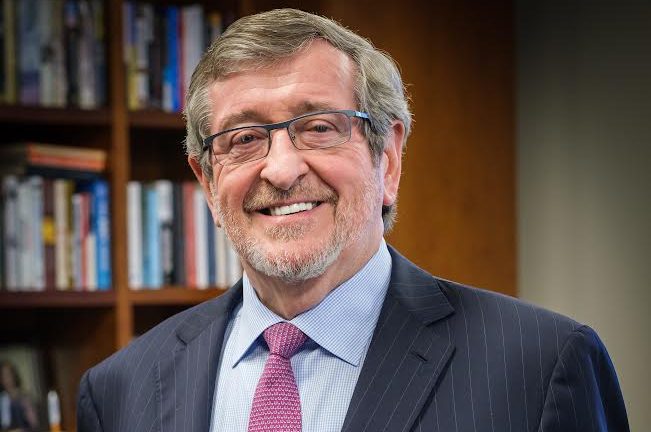
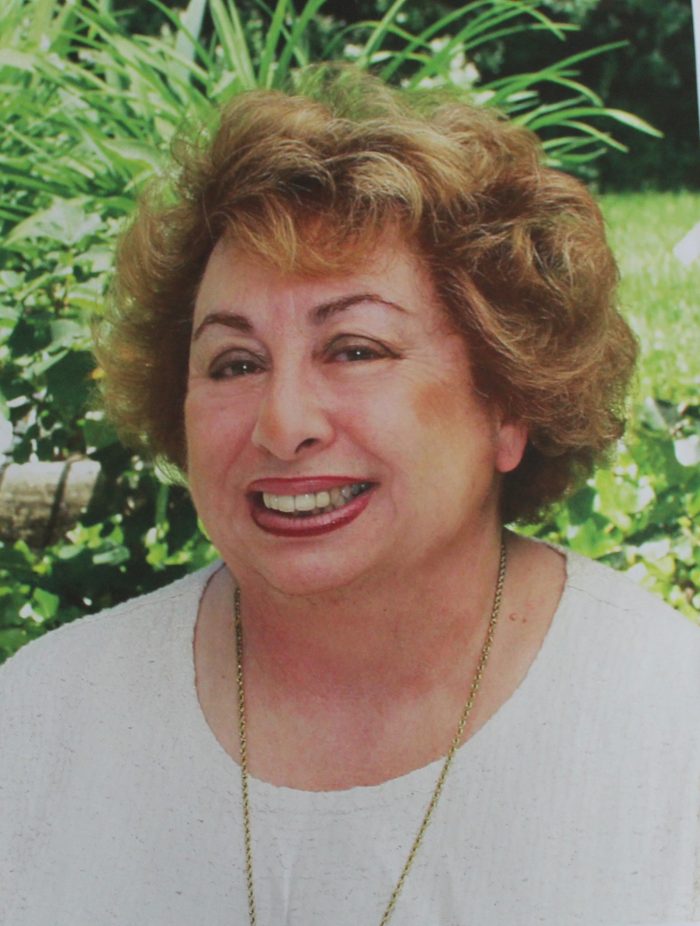
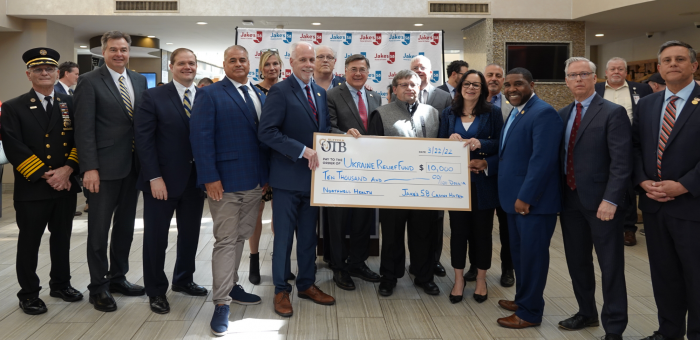
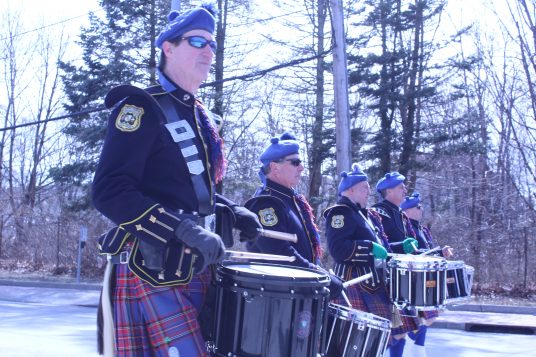
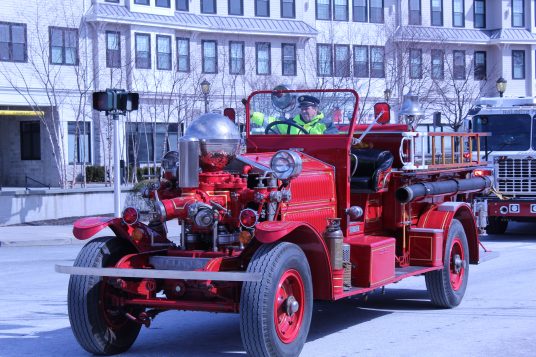
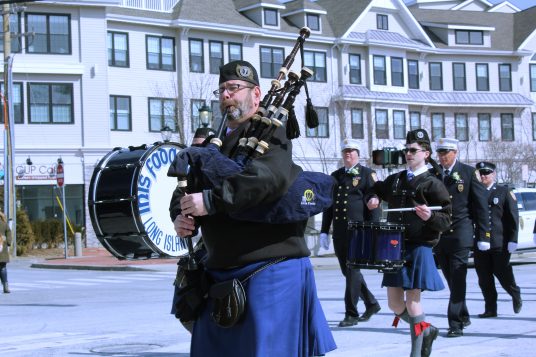
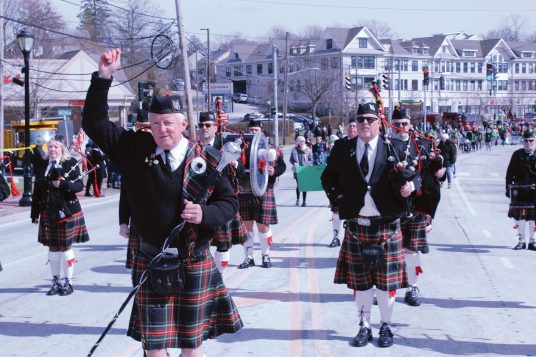
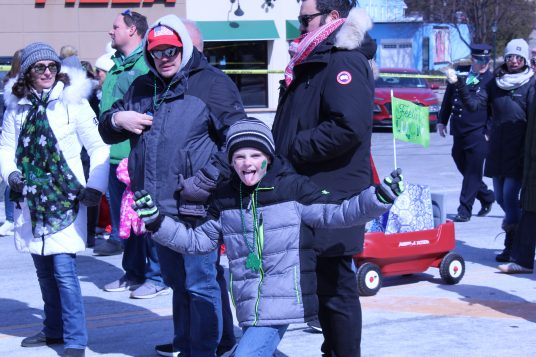
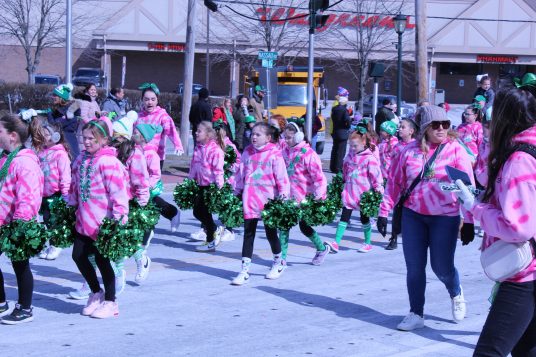
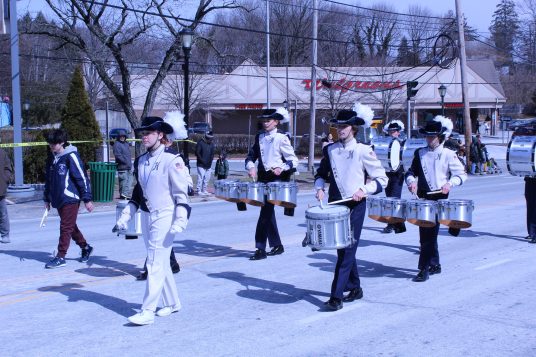
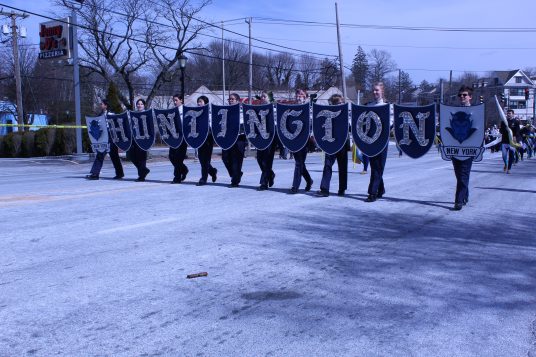
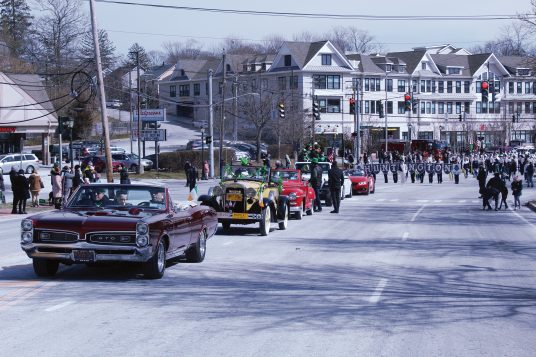
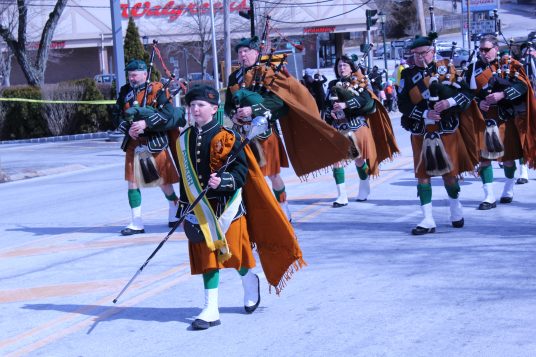
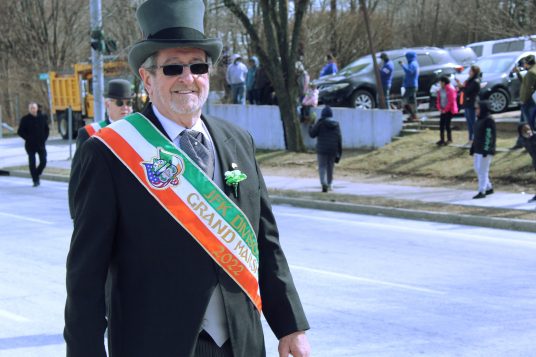
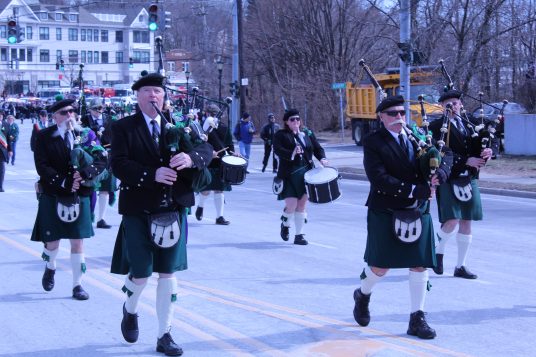

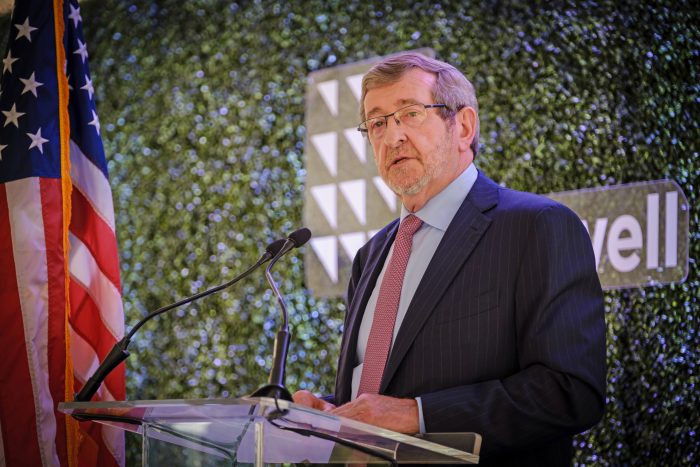
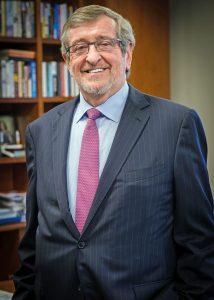
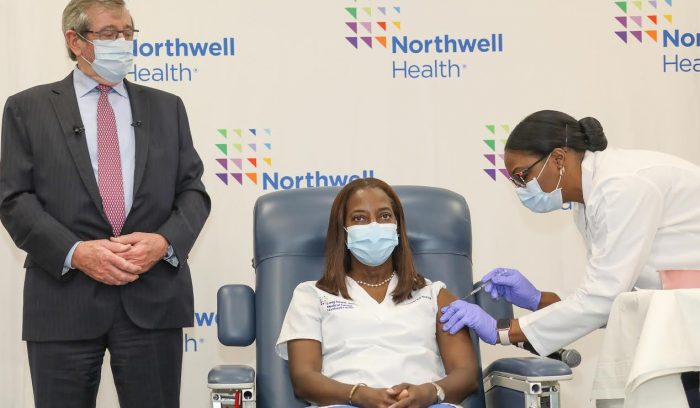
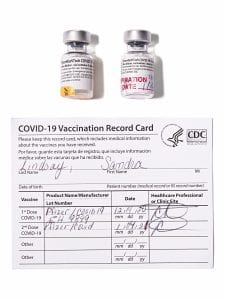 “December 14 was a historic moment for all: the day the very first COVID-19 vaccine was administered in the United States,” said
“December 14 was a historic moment for all: the day the very first COVID-19 vaccine was administered in the United States,” said 


